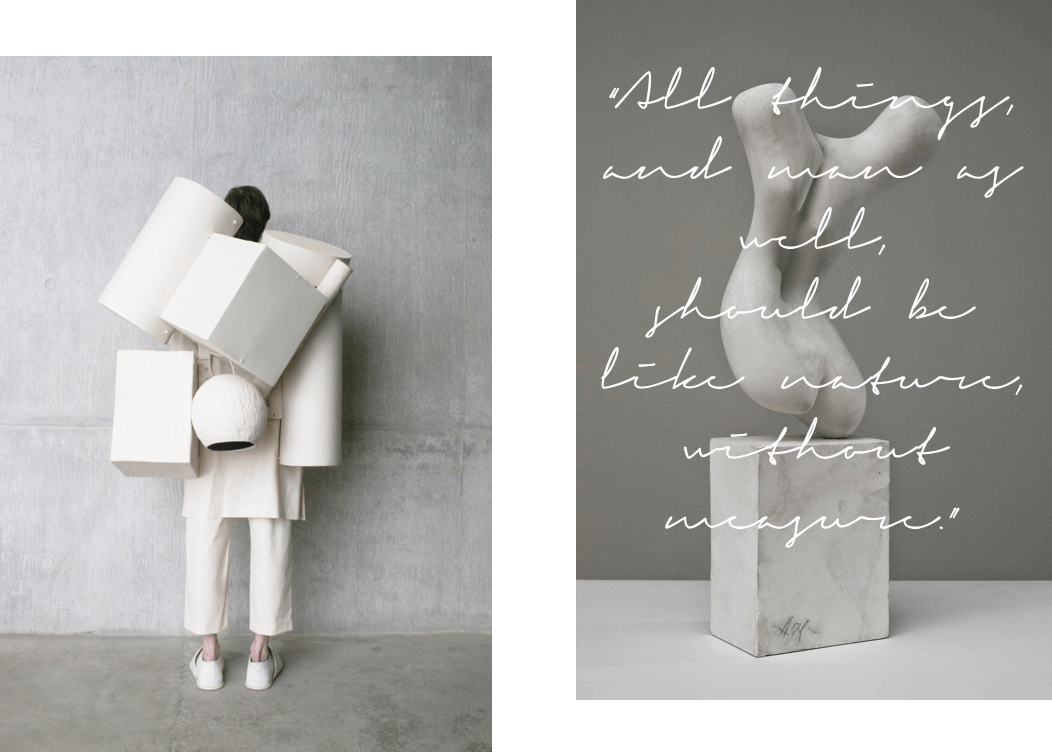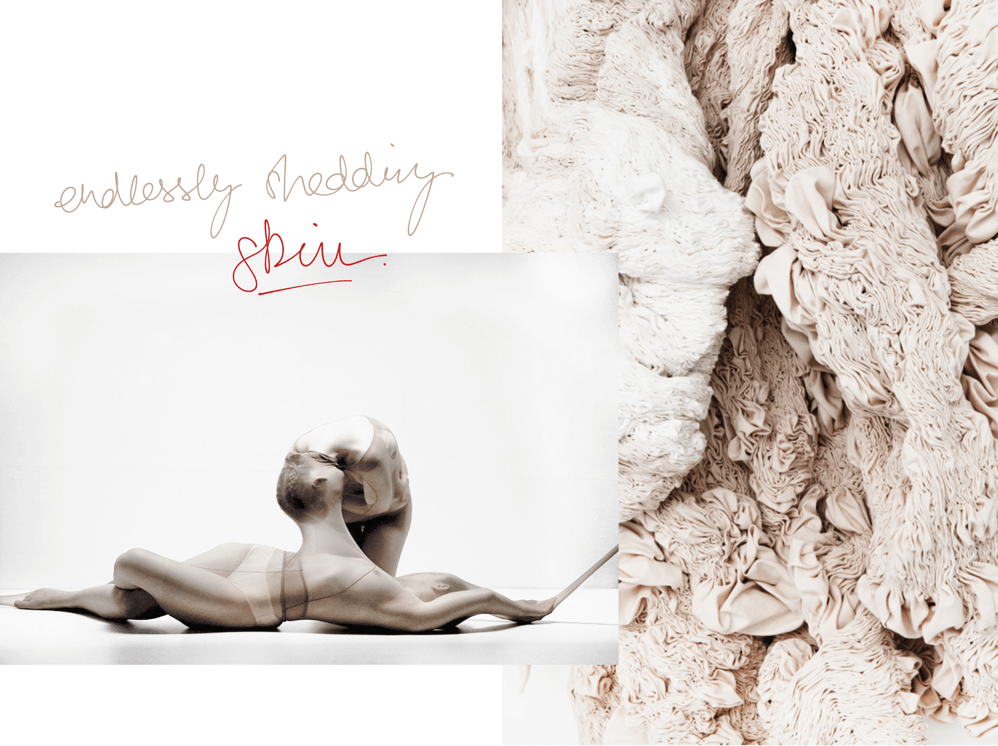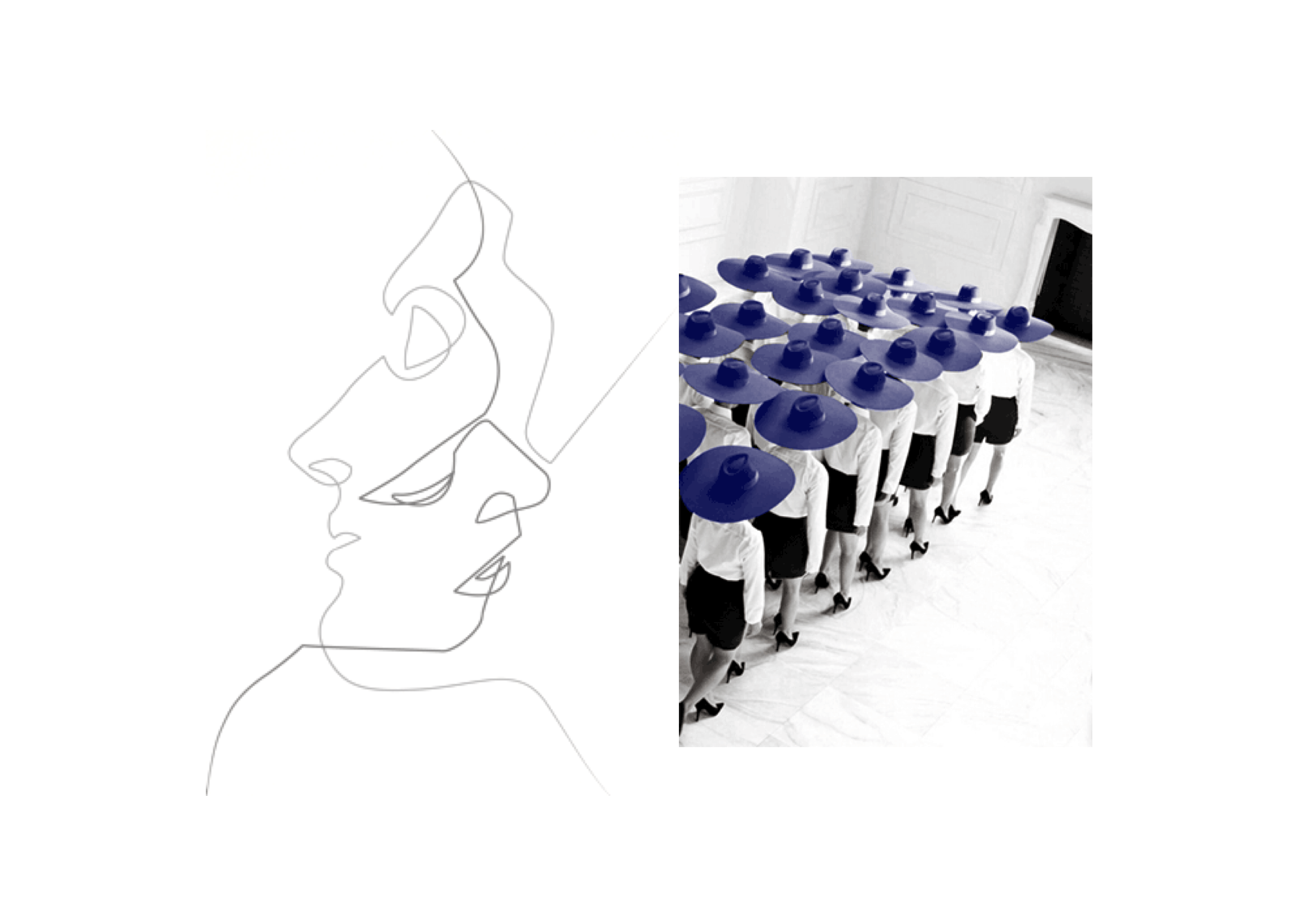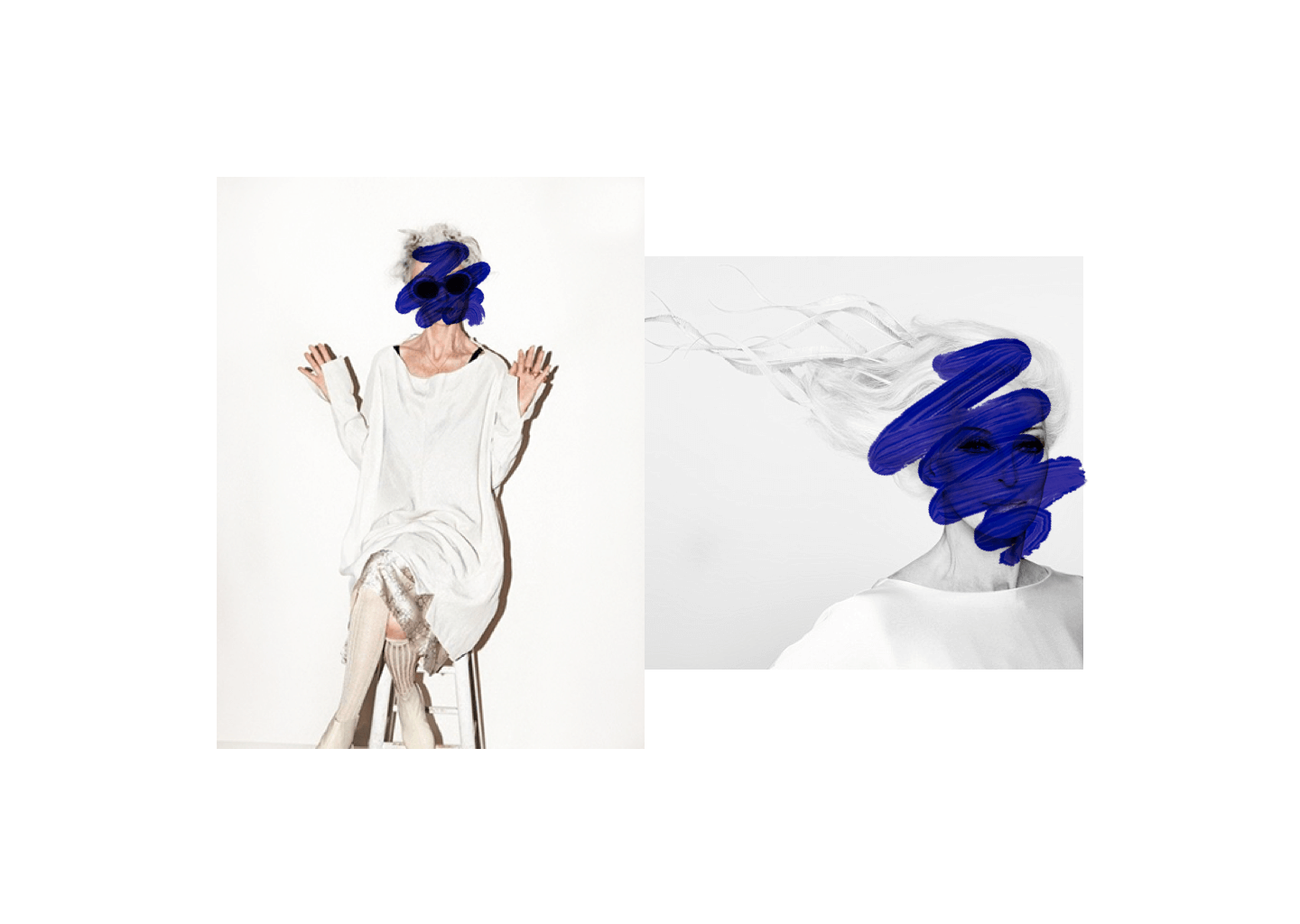

If Women Dressed Like Men.
Recently my husband and I were cooking together. It was his responsibility to create a seasoning. After randomly mixing whatever herbs he found in our cupboard with a bit of olive oil and mustard, my husband, a deeply humble man, exclaimed: “This is going to be the best seasoning you’ve ever tasted.” I chuckled, remembering a recent conversation I had had over coffee with some friends about the fact that all of our husbands seem to be convinced that they had mastered making “the world’s best chili”.
As I contemplated this apparently rather typical male behavior with amusement, I thought of Sheryl Sandberg’s observations in her book “Lean in”, a book that deeply impacted me. (If you haven’t read it, I highly recommend that you watch her TED talk). One of the observations Sheryl makes is the fact that most men will take a job that requires skills they don’t have and still demand a higher wage, while most women wouldn’t even think about applying for the same job unless they had at least some significant award to show for their accomplishments in the field. Sheryl goes on to argue that inequality between men and women in the workplace remains, not just due to institutional barriers but also, and especially, due to internal barriers that women struggle with: feelings of shame, feelings of inadequacy, feelings of inferiority, feelings of fear. As I pondered her arguments, I began asking myself if there was any truth in them that could be applied to the purpose of fashion, an idea which I started to explore in one of my previous articles. One that I would like to elaborate on now.
In a Wallstreet Journal article, author Christina Binkley claims that
"WOMEN HAVE A LOT TO LEARN FROM THE WAY MEN SHOP."
While said article proceeds to address the subject on a very practical level, giving women tips on how to test a piece of clothing for quality, durability and comfort, what’s stuck with me after reading it is this one question: “What is the reason for this difference in shopping behavior?”
Apparently, womenswear is much less likely to be manufactured in a qualitative way than menswear, because women are more susceptible to trends and have a tendency to buy larger quantities more frequently. Binkley even makes the argument that if women purchased clothes based on whether they needed to be comfortable, entire established fashion houses would go bankrupt. So, if women are not dressing to be comfortable or for functionality, what is motivating us to dress the way we do?
WE ALL HAVE BEEN THERE: HOW WE FELT ABOUT HOW WE WERE DRESSED AFFECTED HOW THE PRESENTATION WENT OR WHETHER WE MET INTERESTING PEOPLE AT THAT NETWORKING EVENT.
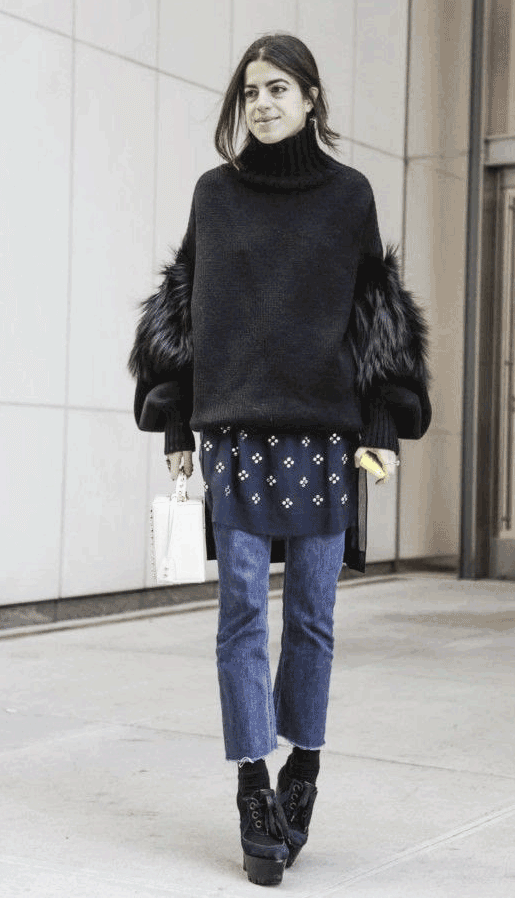

Why is a woman’s feeling of well-being so strongly connected to the way she dresses? Our identity and feelings of worth seem to be deeply connected to our appearance, or rather our perception thereof. Perhaps the answer is that we dress to be liked by men. However, considering arguments by blogs such as Manrepeller, this argument seems unfit; at least for the most fashionable among us, whose choice of outfits has a tendency to “repel” men rather than to attract them. Others among us claim to dress for ourselves. Let’s be real, when we are all alone at home only very few of us opt for pencil skirt and stilettos. Instead we choose the sweat pants and the baggy tshirt. Until we have to head out to meet our girlfriend over coffee. So are we dressing for other women?
I don’t have an answer to who women dress for but it seems to be obvious that it is quite a significant part of our female identity: there’s just something in that extra x chromosome... At least for the majority of us. And it makes sense: in dressing nice we actually place value on ourselves. We signalize that we take good care of ourselves, that we regard ourselves as valuable and deserving of the time and effort put into looking nice. And yet we give so much of the responsibility of defining what makes us feel beautiful and therefore “comfortable” to forces outside of our control who then decide on trends for entire societies?
So if men are less affected by trends, does that mean their value is less likely to be attached to their appearance? Truthfully, a well dressed man definitely draws my attention. And even if my husband wouldn’t admit it to his buddies, I know, when he feels good about himself because he’s wearing that brand new coat and sneakers. (Just a reminder to all of us never to assume or make generalisations.) But where does that leave us?
MEN "LOVE THE STORY," THE ARTICLE QUOTES A NYC BASED TAILOR. "IF YOU'RE GOING TO SPEND THE MONEY, THEN IT SHOULD COME FROM A PLACE WITH RESPECT FOR QUALITY."
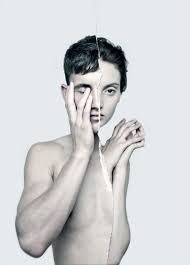

There it is again: this story thing, that seems to be on everybody’s lips these days. With some legitimacy, I suppose, considering that stories have passed the test of time, age and culture. I guess it was about time we realized their significance.
But back to my original quest: Why is it that men are willing to pay for quality while women are ok to put clothes on their bodies that are ill-fitting, made of fabrics that are irritating and that are expected to loose shape within the first few times of use, just so that they can be replaced? What does that actually say, if anything, about women and our sense of self-worth? What makes it, what breaks it, where do we derive it from and how do we sustain it? Why does it constantly need to be reaffirmed by things that we know will disappoint with their fleeting nature? What deep inner longing are we really trying to quench?
Questions upon questions and I’m again left to look at my original argument about the purpose of fashion through the Sheryl Sandberg lense. If I was right and the purpose of fashion is to cover shame, what is this shame that women struggle with? Where does it come from? Is it something that we acquire or something that is intrinsically female, something coming from within, something that we believe we can attempt to cover by outer beauty?
The truth is, I simply don’t know. What I do know, however, is that
UNDERSTANDING THE GREAT SIGNIFICANCE IN THE WAY WOMEN DRESS TO THEIR SENSE OF IDENTITY, GIVES US AN OPPORTUNITY TO PLACE VALUE ON WOMEN, ALL WOMEN.
Somehow I feel that if we could get to the bottom of this argument we could figure out some way of innovating fashion that would benefit our society, our environment, the next generation. Maybe this is where this concept of the good old story comes in. I picture a world in which brands carry in their very DNA a story that creates value beyond the product. Looking at the current landscape of evolving fashion businesses, there seem to be a few successful attempts at this: Everlane and Warby Parker being just two examples.
These brands seem to have that extra something that places value on the industry of fashion by repositioning it in the sphere of influence of politics and culture as an agent of change. Kind of like Chanel once did in the 1920s, when the life of Gabrielle and the fashion she designed told a story that changed the position of women in society forever. What if the stories our brands told placed value on everybody along the supply chain by the way things are manufactured and advertised? And finally, what if our brands told stories that placed value on the end-consumer by giving him something to identify with, something beyond appearance? Something to stand up for. Something to connect with.
At the end, it’s not about the what and the how, but your motivation behind the things you do. By all means, look beautiful, dress well. But know your why.
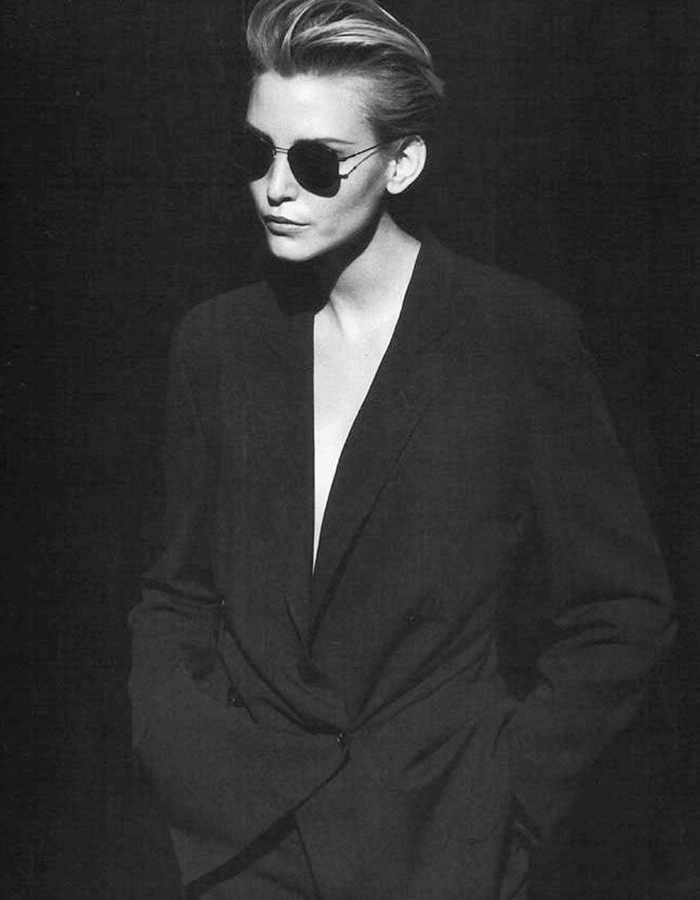

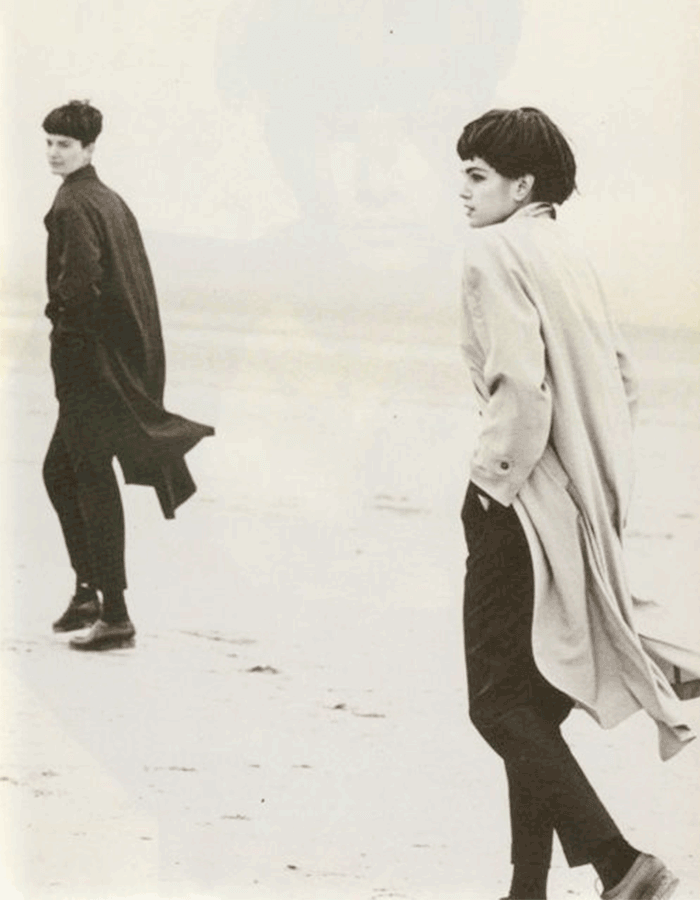



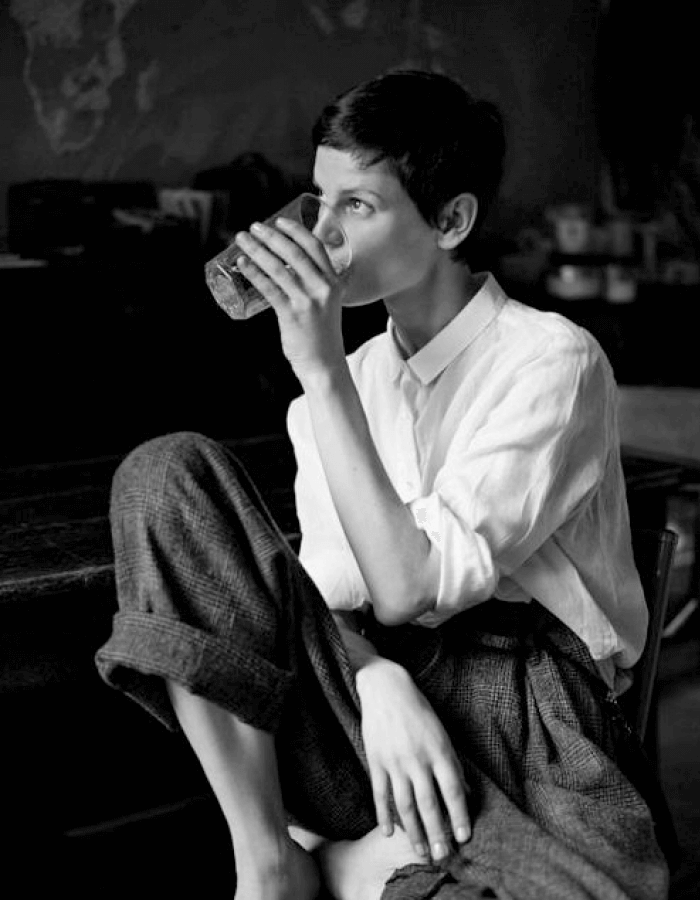

Images are not my own. Source: Pinterest. If you own the rights to any of these images, please contact me so I can credit you. Thanks!
